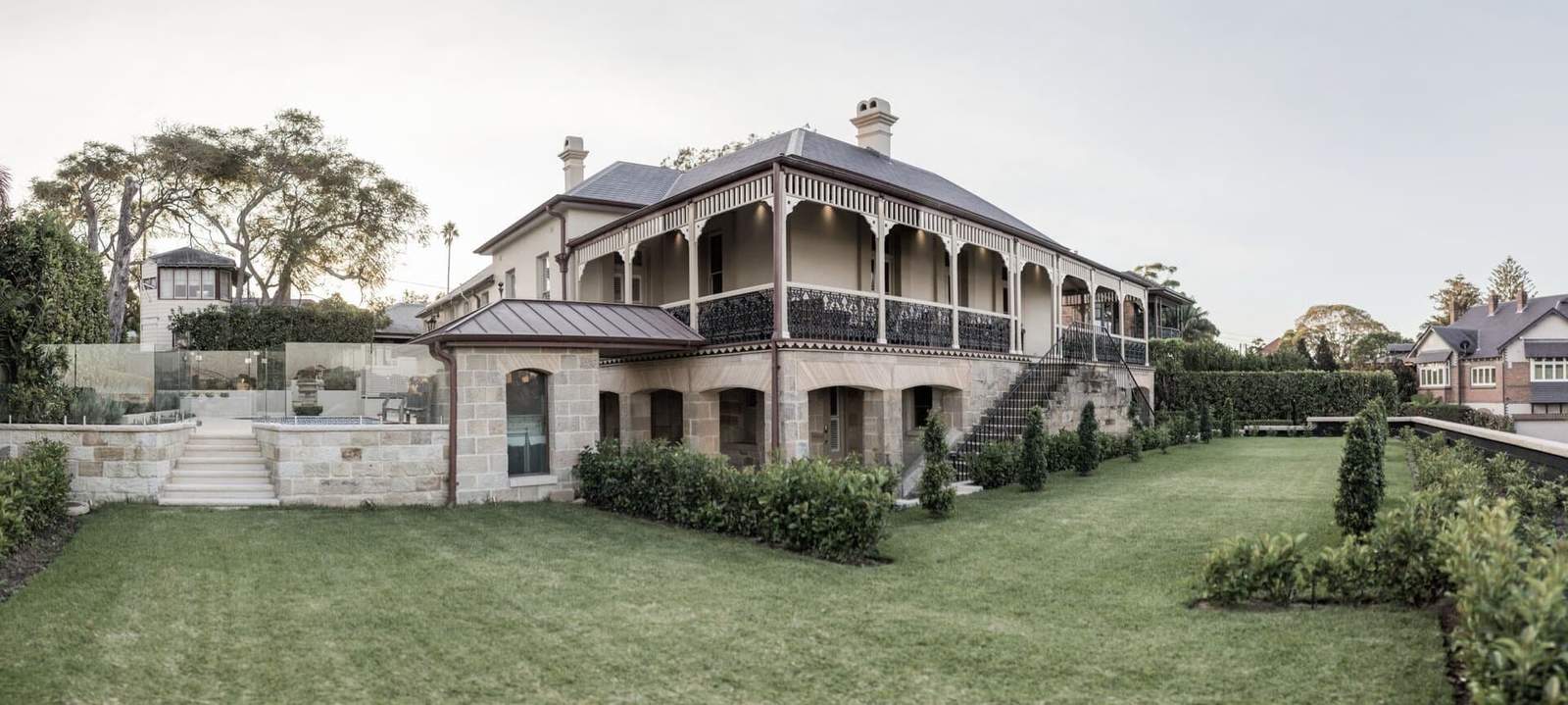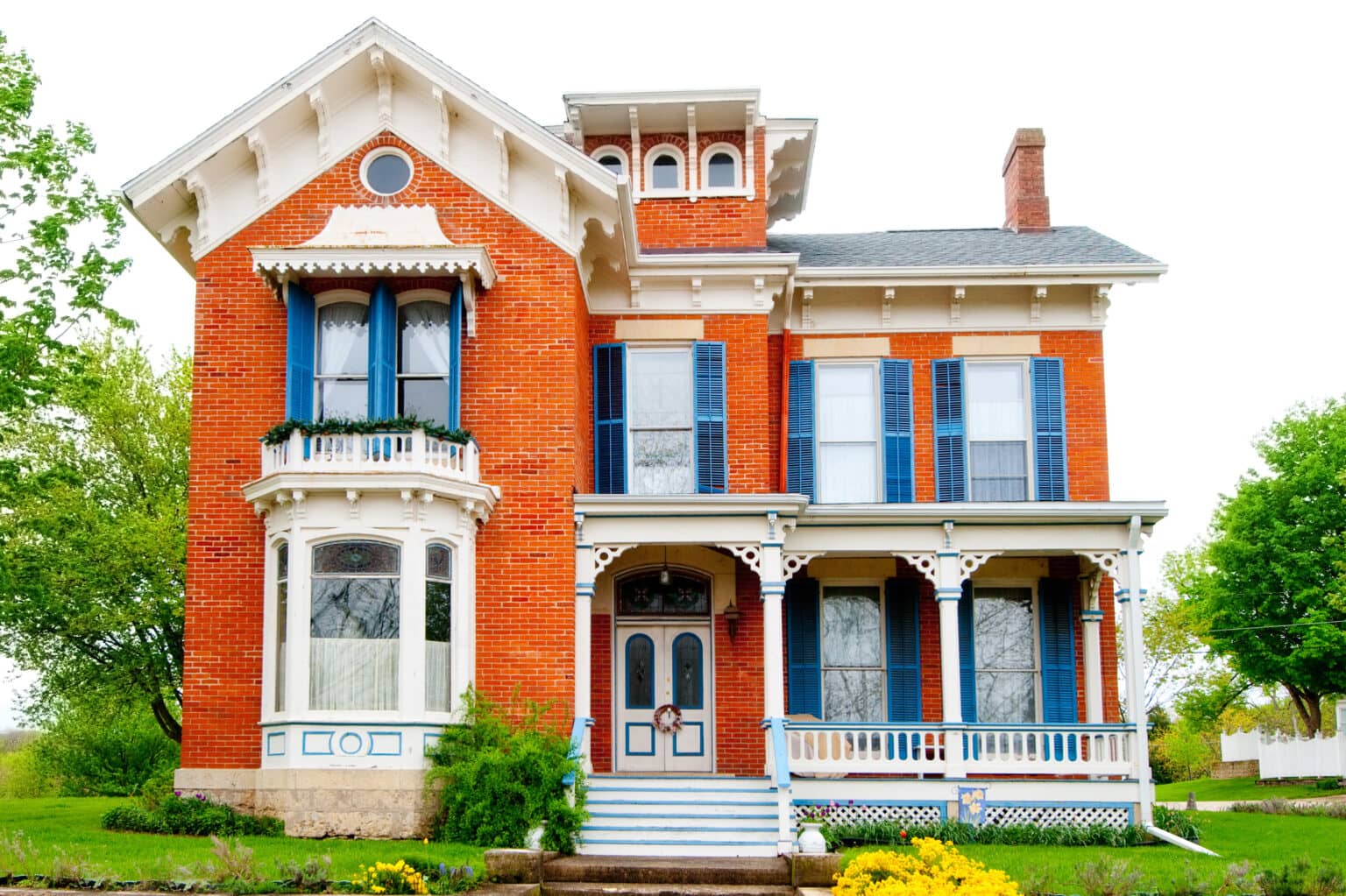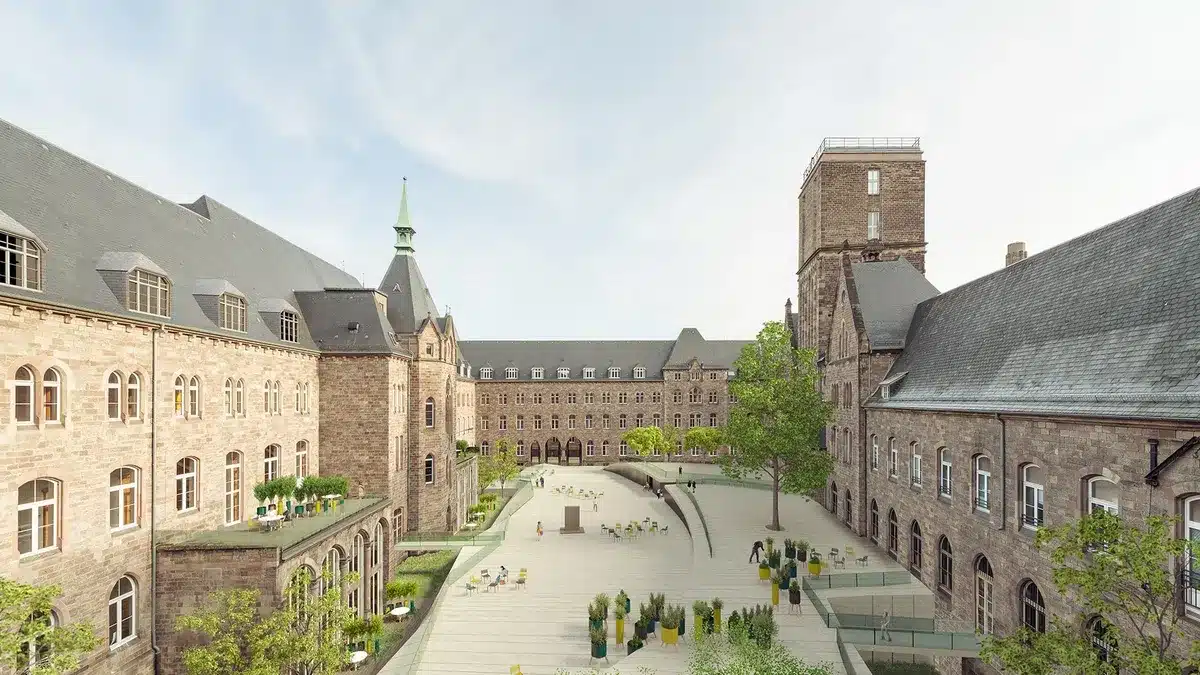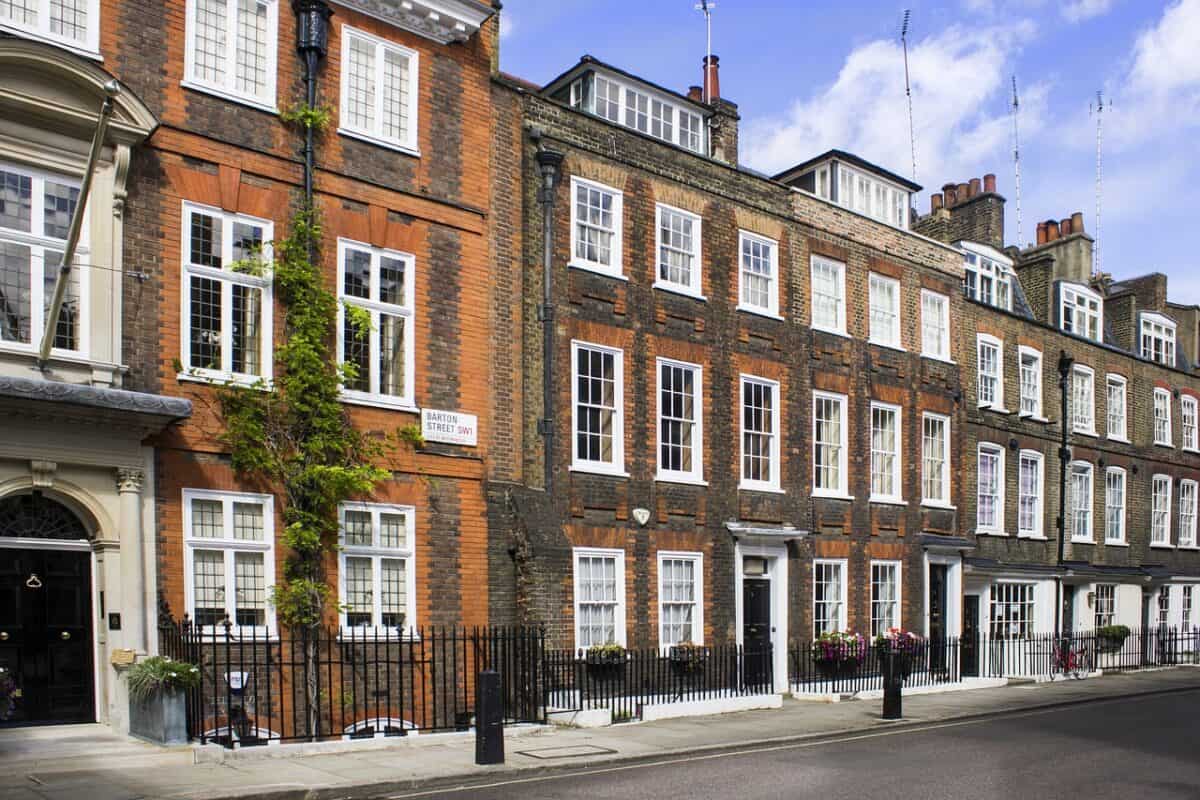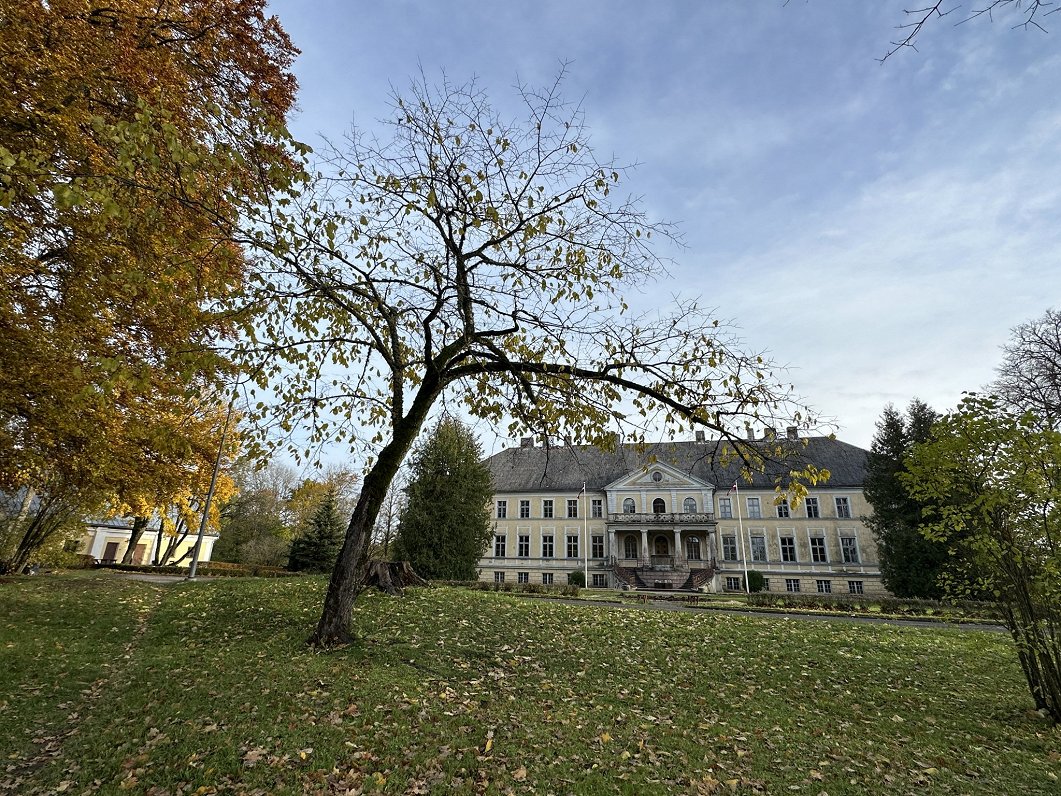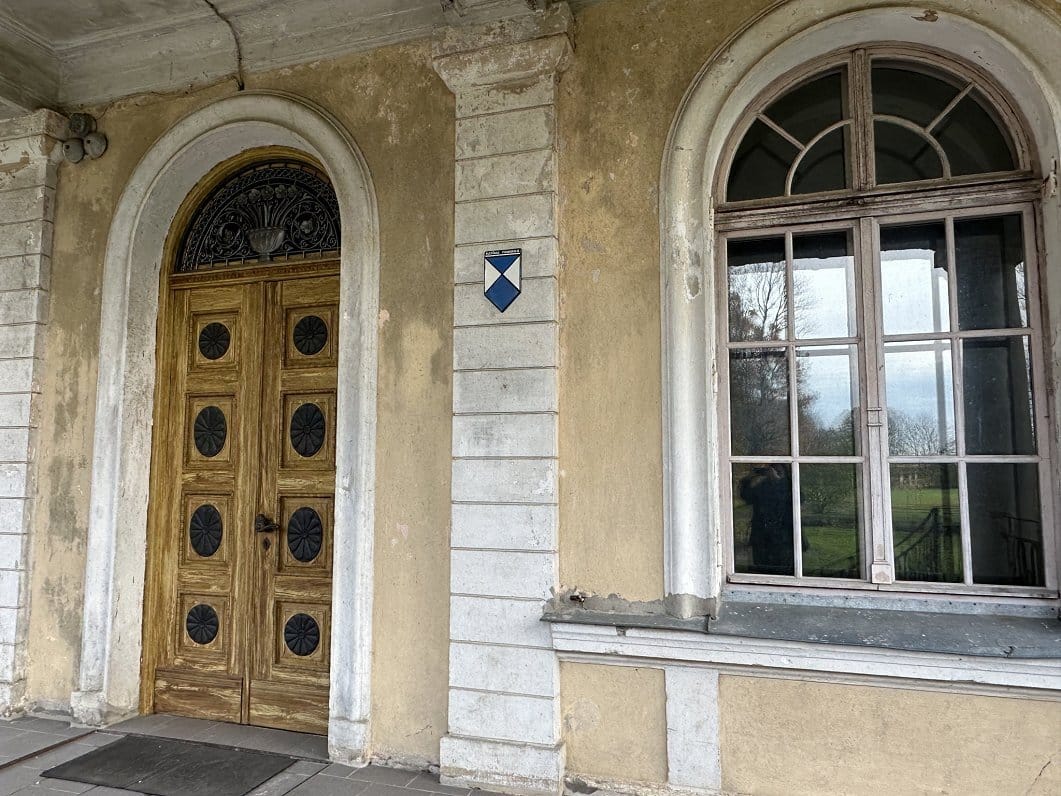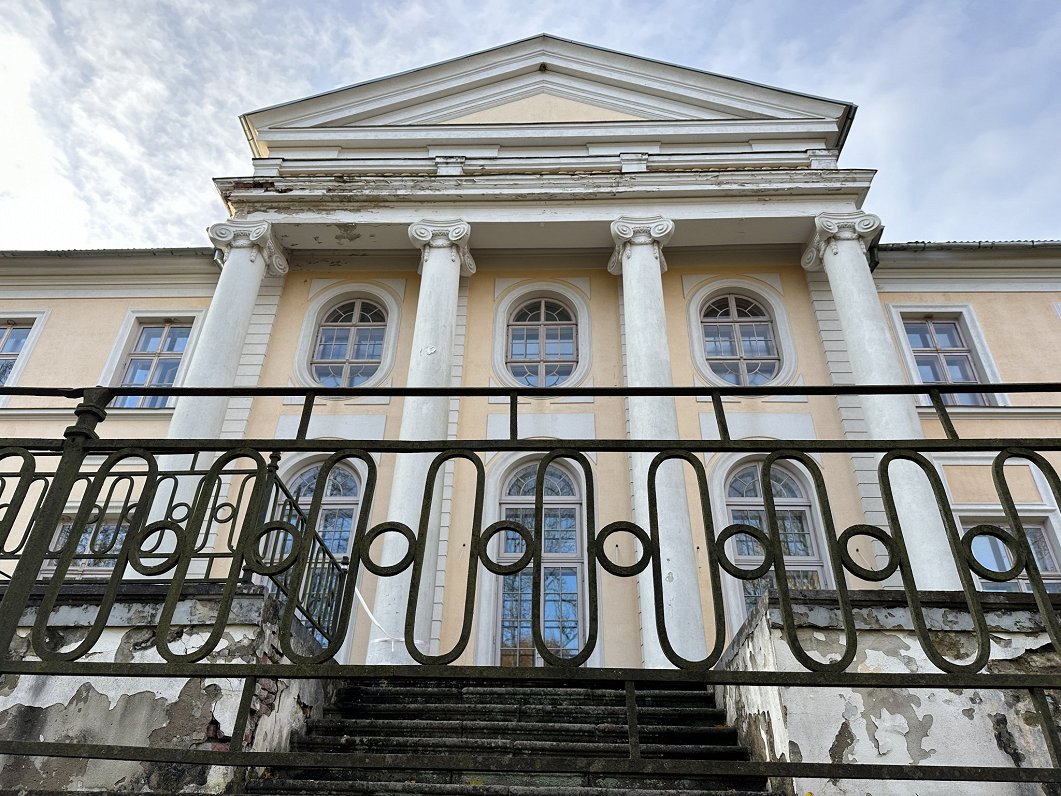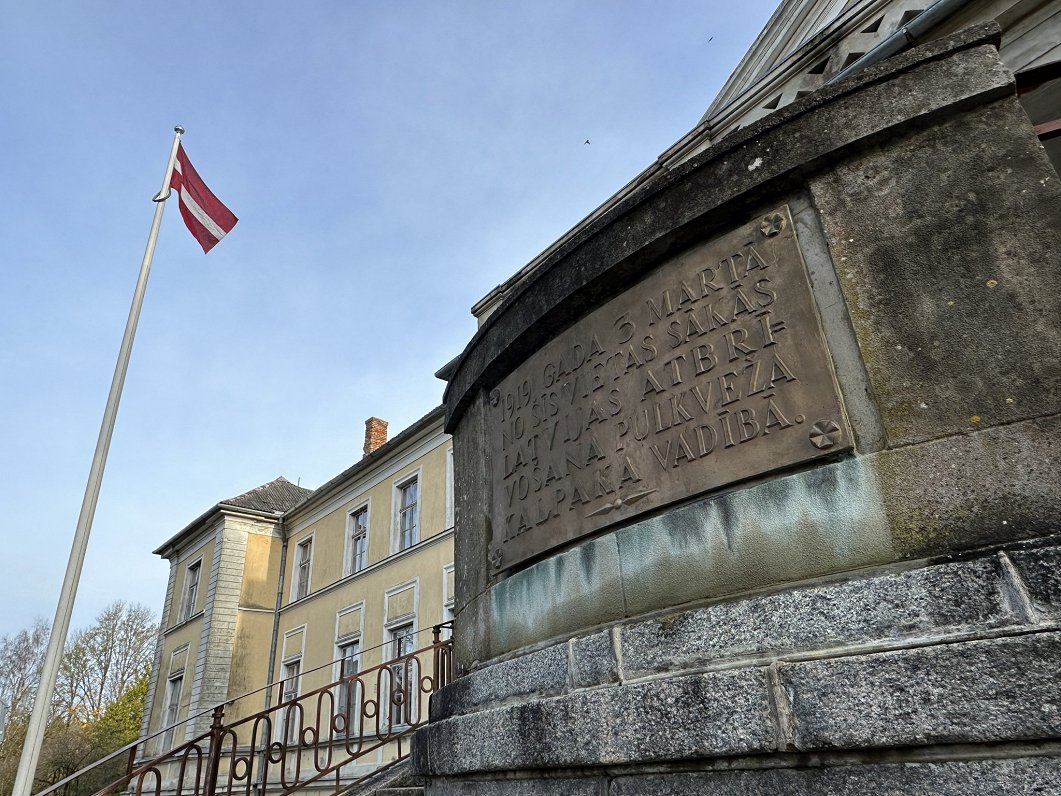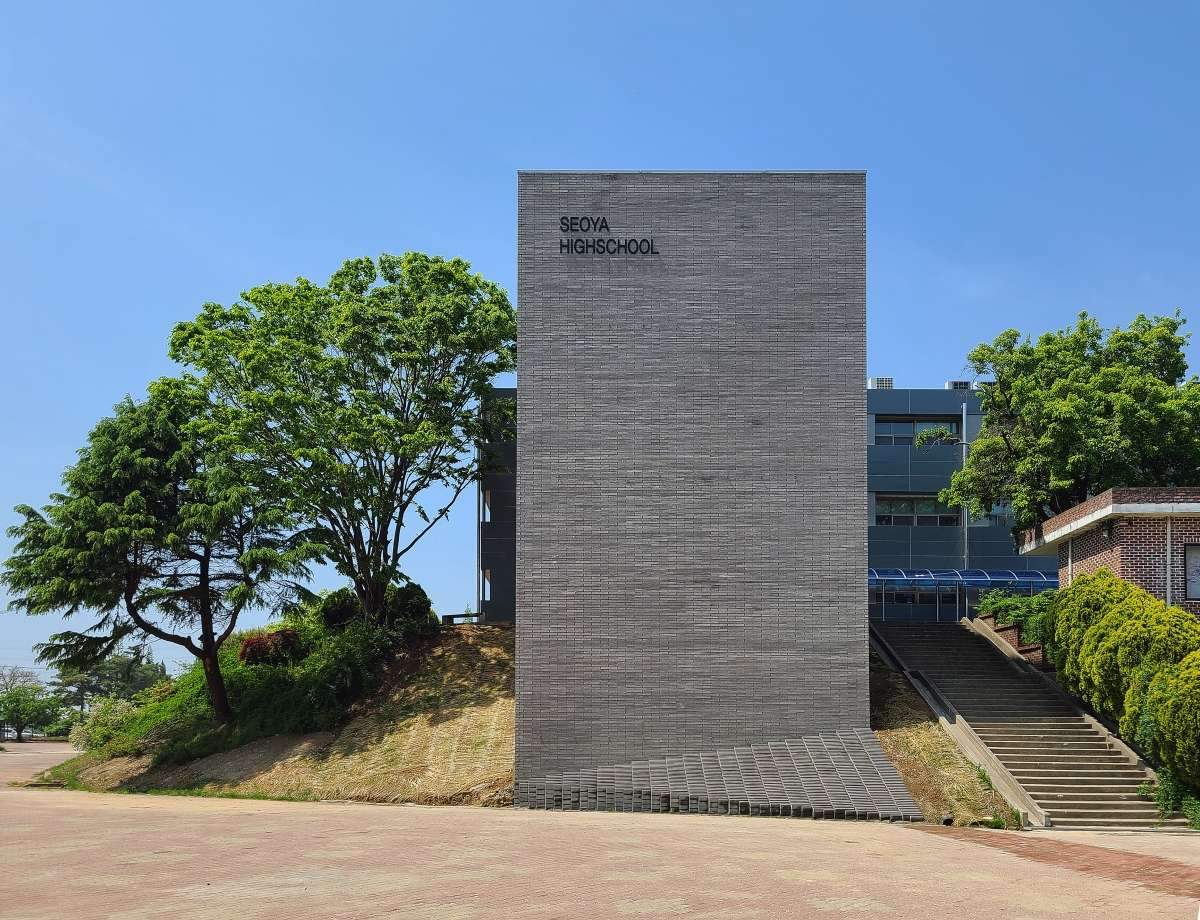Energy efficiency challenge
Preserving the past, embracing the future
Here are some basic steps you can take:
- Energy Audits: Conducting comprehensive energy audits is essential to identify areas for improvement.
- Insulation Upgrades: Improving insulation is an important aspect of enhancing energy efficiency.
- Efficient HVAC systems: Replacing outdated HVAC systems with energy-efficient alternatives can contribute to significant energy savings.
- Renewable energy sources: Incorporating renewable energy sources such as solar panels or wind turbines can help generate clean, sustainable energy on site.
Key benefits of converting heritage buildings
- Preserving cultural heritage: By converting historic buildings, we not only preserve their historical value, but also ensure that they continue as proud symbols of our cultural heritage.
- Environmental Sustainability: Energy-efficient renovations reduce the carbon footprint of these iconic structures, contributing to a more environmentally sustainable future.
- Reduced operating costs: Energy-efficient upgrades lead to significant reductions in energy consumption,
- Increased comfort: Improved insulation and efficient HVAC systems enhance occupant comfort,
- Economic Growth: Energy-efficient renovations to historic buildings can generate new jobs,
stimulate local economies, and promote sustainable development.
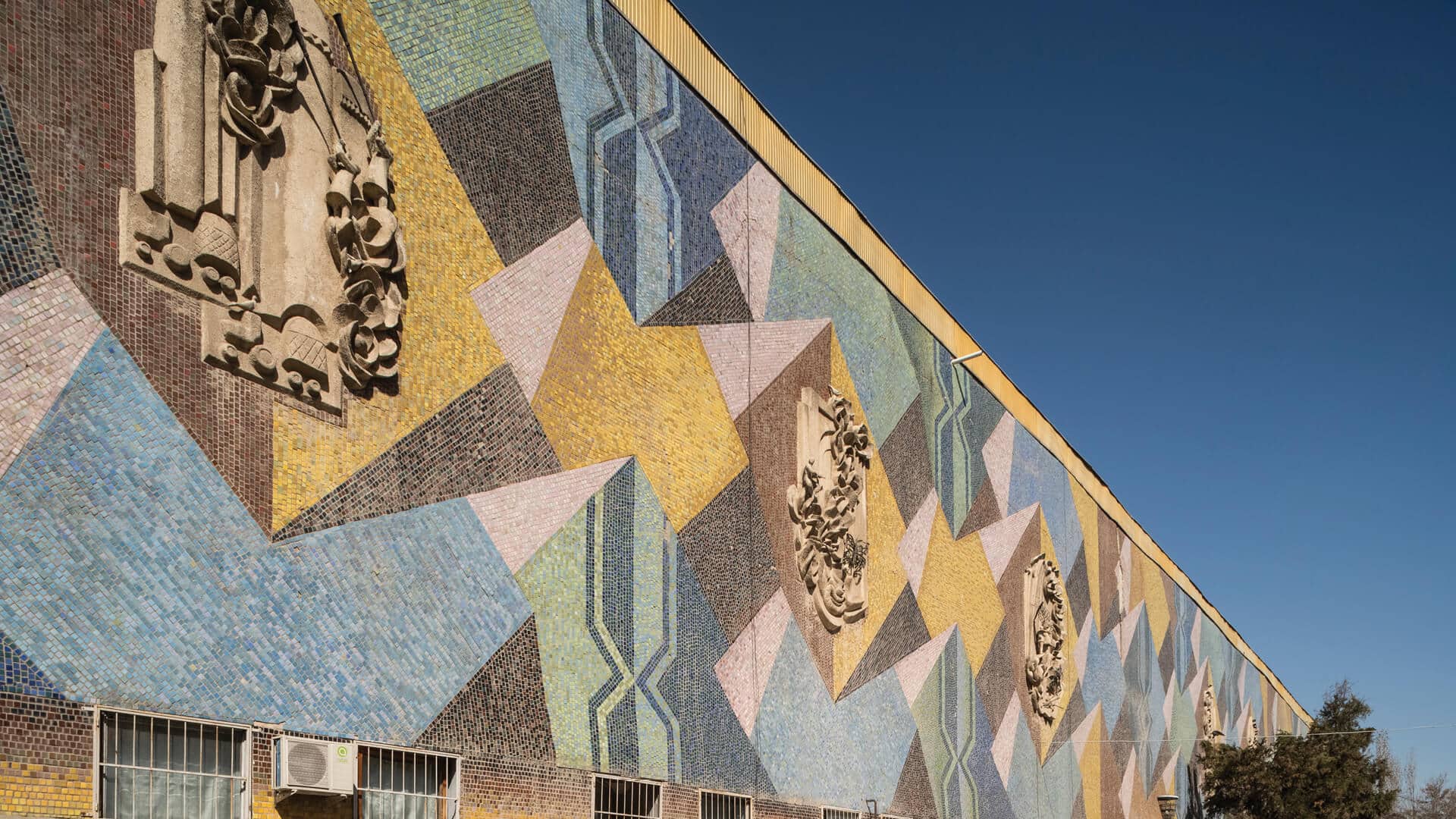
The importance of historic building retrofits
Advantages of retrofitting historic buildings
- Sustainable preservation: Rehabilitating historic buildings to be more energy efficient contributes to a more sustainable future.
- Enhance energy efficiency: Implementing energy efficiency measures such as insulation,
smart lighting, and renewable energy sources can significantly reduce a building’s energy consumption.
- Improving interior comfort: Retrofitting allows for the incorporation of technologies that enhance thermal comfort, ventilation and air quality,
- Financial Savings: Although rehabilitating historic buildings may require an upfront investment,
Challenges of rehabilitating historic buildings
- Cultural Heritage Preservation: Historic buildings are valued for their unique features and historical significance.
Therefore, any retrofit effort must respect and preserve these aspects, ensuring that the integrity of the building remains intact.
- Adapting Old Structures to New Technology: Rehabilitation of historic buildings often involves adapting old structures to accommodate modern energy-efficient systems, without compromising the historic value of the building.
- Balancing regulations: Sometimes the regulatory frameworks governing heritage conservation and energy efficiency have conflicting requirements.
- Cost Constraints: The cost of rehabilitating historic buildings can be higher compared to modern construction.
Factors for achieving a balance between heritage and energy efficiency
- Comprehensive Evaluation: Conduct a comprehensive assessment of the building, including its historical and architectural significance, energy performance analysis, and potential retrofit options.
- Collaborative approach: Engage all stakeholders, including architects, historians, engineers and local communities, to gain diverse perspectives and ensure a comprehensive retrofit plan.
- Adaptive Reuse: Discover ways to adaptively reuse spaces and incorporate modern energy-efficient technologies while preserving the character of the building.
- Compliance with Regulations: Navigate the complex web of regulations by collaborating with heritage organisations, energy authorities and local governing bodies to ensure compliance with all applicable guidelines.
- Innovative financing models: Search for innovative financing sources, such as government grants, public-private partnerships, and energy efficiency incentives, to overcome financial barriers.
Architect Job: Research Fellow in Architectural & Urban Heritage
Conclusion
The role of the Landmark Trust in preserving British historic buildings

